Chicken wings are a staple in many households, loved for their versatility and flavor. But what happens when you have leftovers, or you've prepared a batch for a future event? Whether it's your delicious Huli Huli chicken wings or the savory Filipino Chicken Adobo wings, knowing how to store them properly is crucial. Not only does it ensure food safety, but it also maintains the quality of your delicious wings. Let's dive into the best practices for freezing cooked chicken wings and how you can enjoy them later with maximum flavor and safety.
Jump to:
Can You Freeze Cooked Chicken Wings?
Absolutely! Freezing cooked chicken wings is a great way to extend their shelf life. It's a convenient way to avoid food waste and prepare a quick meal on busy days. Whether you have leftover wings from a local restaurant or extra chicken from your own kitchen, freezing is a viable option.
Proper Storage of Cooked Chicken Wings
Cooling Down to Room Temperature: Let the cooked chicken wings cool down to room temperature before storing. This step is vital to prevent condensation inside the storage container, which can lead to soggy wings or bacterial growth. Per USDA recommendations, however, do not leave them out for more than 2 hours to avoid the danger zone for bacterial growth.
Selecting the Right Storage Method:
- Freezer bags are a great way to store chicken wings in the freezer. They are space-efficient and can be sealed tightly. Removing as much air as possible from these bags is a good idea to prevent freezer burn.
- Airtight containers are also suitable for storing larger portions or whole chicken wings. They help maintain the moisture and texture of the wings while preventing the absorption of unwanted freezer odors.
Preparation for Freezing:
- Single Layer Storage: Ideally, store the wings in a single layer, which aids in quick and uniform freezing, thereby preserving their texture. This is especially important for wings with crispy skin or a dry rub.
- Wrapping: Adding an extra layer of protection by wrapping the wings in aluminum foil or plastic wrap before placing them in freezer bags or containers can help maintain the juicy meat and crispy texture. This step is beneficial if you plan to store them for an extended period.
- Portioning for Convenience: Divide the wings into smaller portions or store them in a large bowl before freezing. This approach allows for thawing only what you need, reducing the risk of refreezing leftovers, which can degrade the quality of the meat.
Labeling and Dating: Label your storage containers or bags with the freezing date. This practice helps you to track the storage time, ensuring you use the wings within their best quality period, typically up to 6 months.
Preventing Cross-Contamination: Store cooked wings separately from raw chicken wings or raw meat to avoid cross-contamination. This is particularly important if you are storing different types of poultry, like chicken breast or rotisserie chicken, alongside the wings.
Freezer Temperature: Keep your freezer at a constant temperature of 0°F (-18°C) or lower. This temperature is critical for halting bacterial growth and preserving the wings safely.
Thawing Frozen Chicken Wings
Thawing chicken wings properly is crucial for food safety and preserving the quality of the meat, especially if you’re planning a delicious meal with wings marinated in Huli Huli sauce or cooked in the Filipino Adobo style.
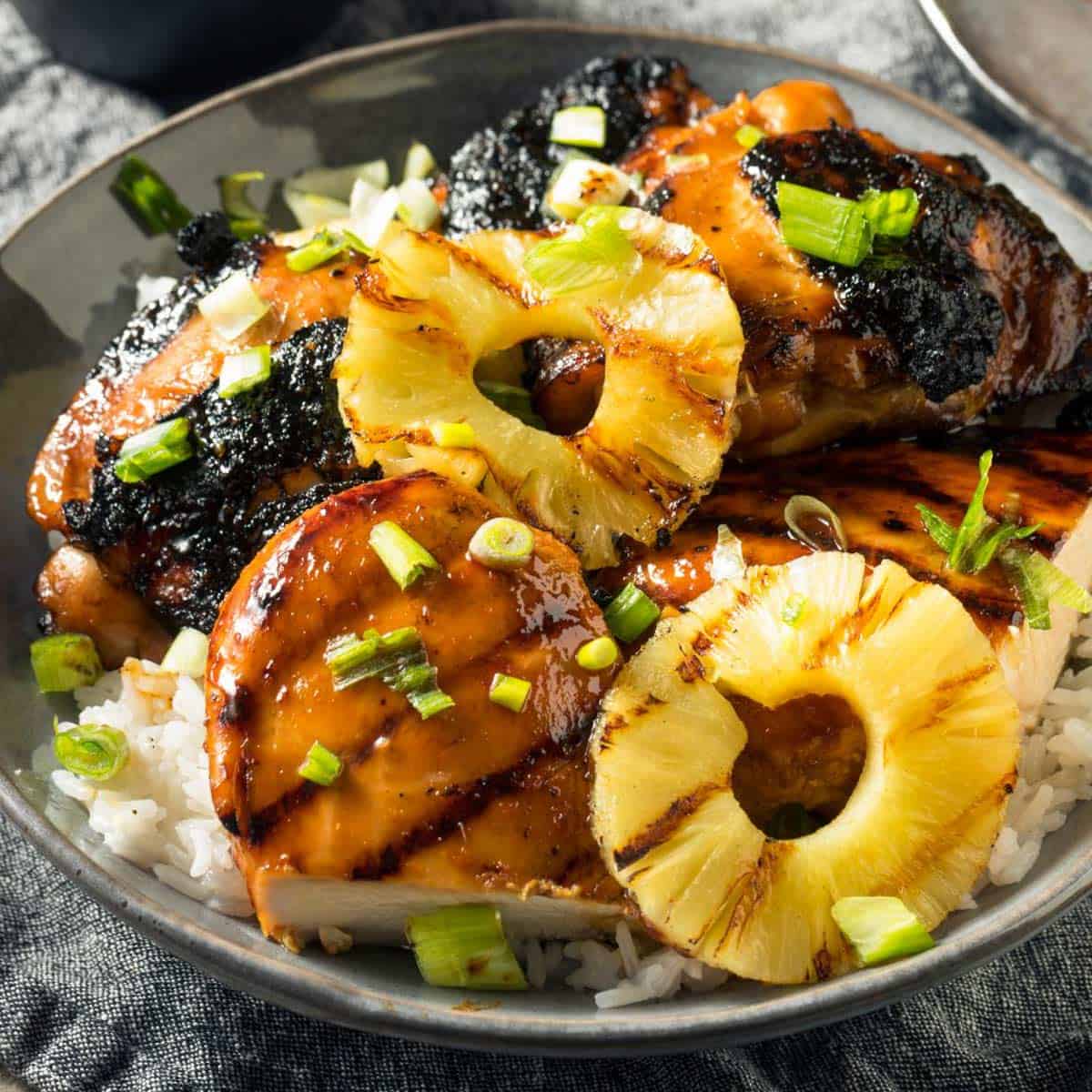
Refrigerator Thawing: The Safest Method
Begin thawing by transferring your frozen chicken wings from the freezer to the refrigerator. This method is the best way to ensure safety, as it keeps the wings at a constant, cold temperature, effectively preventing bacterial growth.
Depending on the number and size of your wings, this process can take anywhere from several hours to overnight. For example, a large bowl of frozen wings might require more time than a single layer of wings in a ziplock bag.
It's a good idea to plan, especially if you are preparing for a game day or a family meal the next day.
Cold Water Thawing: Faster but Requires Attention
Thawing wings in cold water is convenient if you're short on time. Place the frozen chicken wings in a leak-proof bag (to prevent water from seeping in) and submerge them in a large bowl of cold water.
Change the water every 30 minutes to maintain a cold temperature and ensure the wings are thawing evenly. This method can significantly reduce thawing time.
Keep an eye on the thawing process. Wings thawed using this method should be cooked immediately after thawing to prevent any risk of bacterial growth.
IMPORTANT: Avoiding Room Temperature Thawing!
It’s essential to avoid thawing chicken wings at room temperature, as this can lead to the growth of bacteria. The outer layer of the wings can reach a temperature where bacterial growth can occur while the inside is still frozen.
Post-Thawing Tip: Once thawed, if you’re cooking the wings in an air fryer, oven, or deep fryer, adjust the cooking time, as they won’t need as long as frozen wings.
Post-thawing is the perfect time to season your wings or marinate them in your favorite sauce, a spicy dry rub, or a savory wet marinade like the Filipino Adobo or Huli Huli sauce.

After cooking, use an instant-read thermometer to check that the internal temperature of the wings has reached the safe mark of 165 degrees Fahrenheit.
Reheating Frozen Cooked Chicken Wings
Craving some delicious chicken wings but pressed for time? Don't fret if you haven't had the chance to thaw those frozen wings. You can reheat them from frozen, saving you time while delivering that mouthwatering flavor! Let's explore various methods to effectively reheat your frozen cooked chicken wings, ensuring they retain their delightful taste and texture.
Air Fryer: For Crispy Wings
- Preparation: Preheat the air fryer to around 360 degrees Fahrenheit. This high temperature is key for crispy skin.
- Reheating: Place the frozen wings in the air fryer basket in a single layer, ensuring they’re not overcrowded. The hot air circulation in the air fryer is a great way to reheat wings evenly.
- Duration: Cook them for 10 to 15 minutes, flipping halfway through. An air fryer is a convenient way to get that golden brown crispiness.

Oven: Slow and Steady
- Preparation: Preheat your oven to 350 degrees Fahrenheit. Arrange the wings on a prepared baking sheet lined with parchment paper or aluminum foil for easy cleanup.
- Reheating: Place the wings in the oven. The oven temperature ensures a gentle reheating process, maintaining the best quality of the wings.
- Duration: Heat for about 20 to 30 minutes, depending on the size of the wings. The oven is a great way to reheat a larger batch of wings.
Deep Fryer: For the Ultimate Crisp
- Preparation: Heat oil in a deep fryer or a large pot to 350 degrees Fahrenheit.
- Reheating: Gently lower the wings into the hot oil, careful not to overcrowd the fryer. Deep frying is an unfussy way to achieve extra crispy chicken wings.
- Duration: Fry for about 5 to 8 minutes until they are heated through and crispy. Be mindful that this method adds extra calories.
Microwave: Quick and Easy
- Preparation: Arrange the wings in a microwave-safe dish in a circle and cover them with a paper towel to prevent splatters.
- Reheating: Use the reheat setting or medium power to avoid drying out the wings. This method is the quickest, especially if you're reheating a small portion.
- Duration: Heat in short intervals of 30 seconds, checking frequently.
Skillet on the Stove:
- Preparation: Heat a skillet over medium heat with a little bit of oil.
- Reheating: Place the wings in the skillet. This method is suitable for achieving a crispy exterior.
- Duration: Cook for about 10 minutes, turning occasionally to heat evenly.
Additional Tips
- Internal Temperature: Use an instant-read thermometer to ensure the internal temperature reaches 165 degrees Fahrenheit.
- Adding Moisture: If the wings seem dry, brushing them with olive oil or your favorite sauce can add moisture and flavor.
- Avoid Overheating: To maintain the best quality of the meat, avoid overheating, as it can make the wings tough and dry.
FAQ
Refreezing thawed chicken wings is not recommended due to potential bacterial growth and texture degradation.
Look for signs of freezer burn, unusual odors, or color changes.
Yes, but adjust the cooking time accordingly. Direct cooking from frozen is possible in an air fryer or oven.
Try re-seasoning with your favorite spices, like garlic powder, cayenne pepper, or red pepper flakes. Don’t forget to try the Huli Huli sauce or the Adobo marinade for a Filipino twist!
A light coating of olive oil before reheating can help achieve that golden brown, crispy texture.
Conclusion
With these best practices in mind, you can enjoy your cooked chicken wings later, ensuring they're as delectable as when they were first prepared. Remember, proper freezing and reheating are not just about extending shelf life; they're about savoring every bite with the best flavor and texture. Happy cooking and eating!
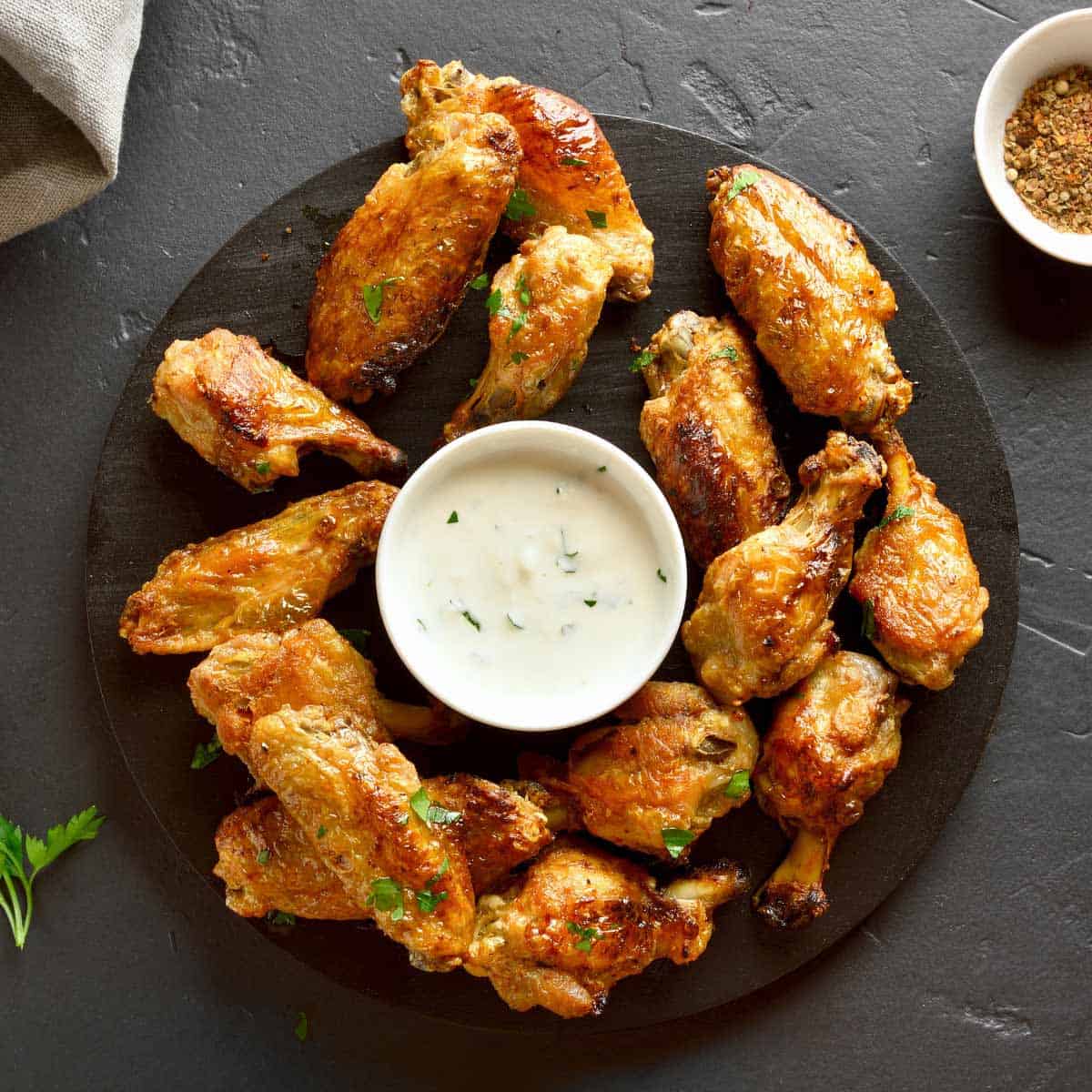
Instructions
Selecting the Right Storage Method:
- Freezer bags are a great way to store chicken wings in the freezer.
- Airtight containers are also suitable for storing larger portions or whole chicken wings.
Preparation for Freezing:
- Single Layer Storage: Store the wings in a single layer, which aids in quick and uniform freezing, thereby preserving their texture
- Wrapping: Adding an extra layer of protection by wrapping the wings in aluminum foil or plastic wrap before placing them in freezer bags or containers can help maintain the juicy meat and crispy texture.
- Portioning for Convenience: Adding an extra layer of protection by wrapping the wings in aluminum foil or plastic wrap before placing them in freezer bags or containers can help maintain the juicy meat and crispy texture.
Labeling and Dating:
- Label your storage containers or bags with the freezing date. This practice helps you to track the storage time, ensuring you use the wings within their best quality period, typically up to 6 months.
Preventing Cross-Contamination:
- Store cooked wings separately from raw chicken wings or raw meat to avoid cross-contamination. This is particularly important if you are storing different types of poultry, like chicken breast or rotisserie chicken, alongside the wings.
Freezer Temperature:
- Keep your freezer at a constant temperature of 0°F (-18°C) or lower. This temperature is critical for halting bacterial growth and preserving the wings safely.
Other Chicken Recipes You May Like
Looking for other chicken recipes? Try these:
Pairing
These are my favorite dishes to serve with chicken wings:



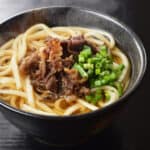
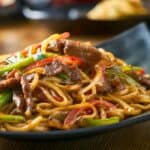



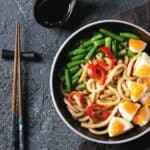

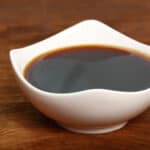
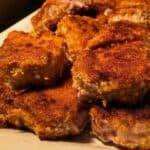

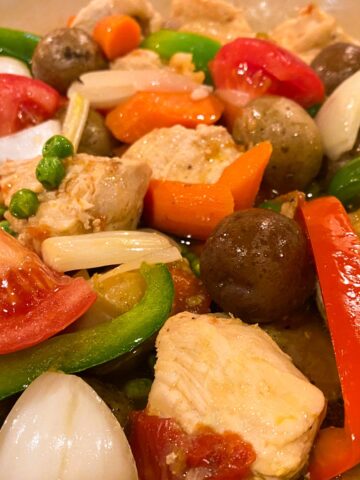
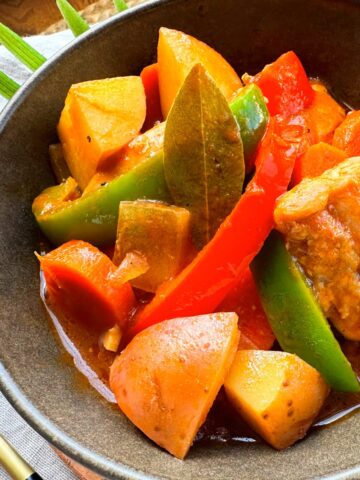
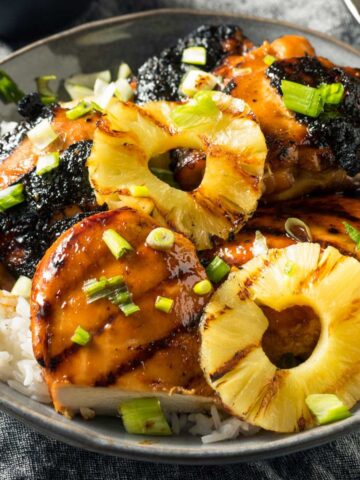

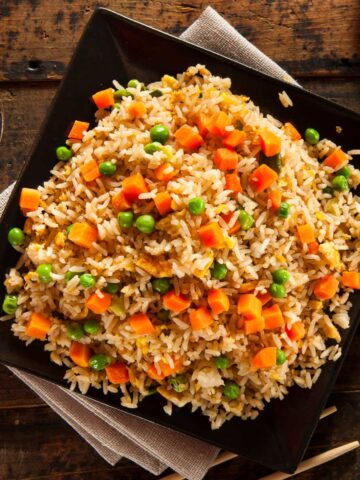
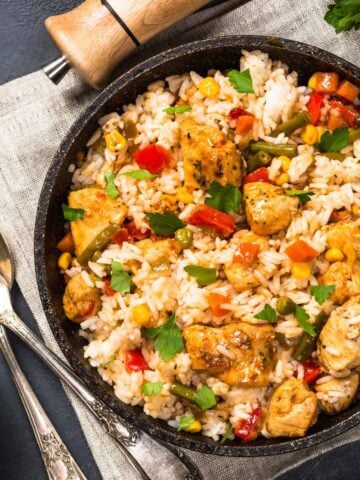
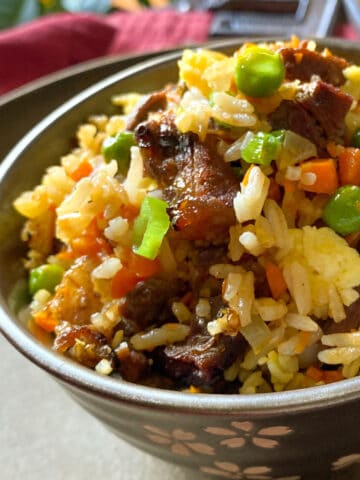

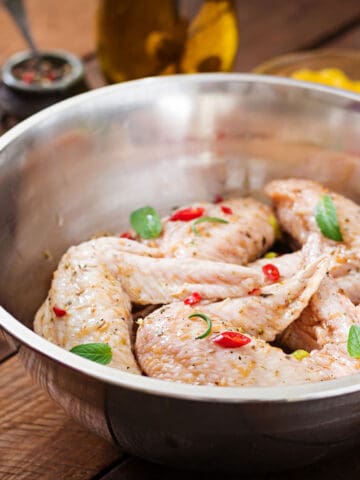


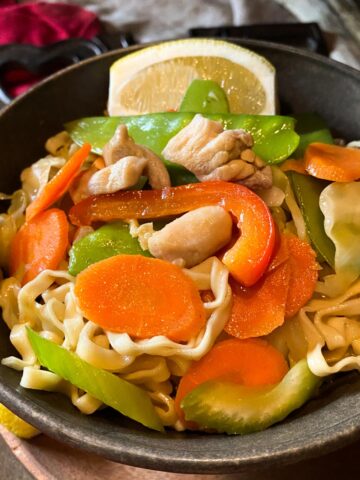

Comments
No Comments